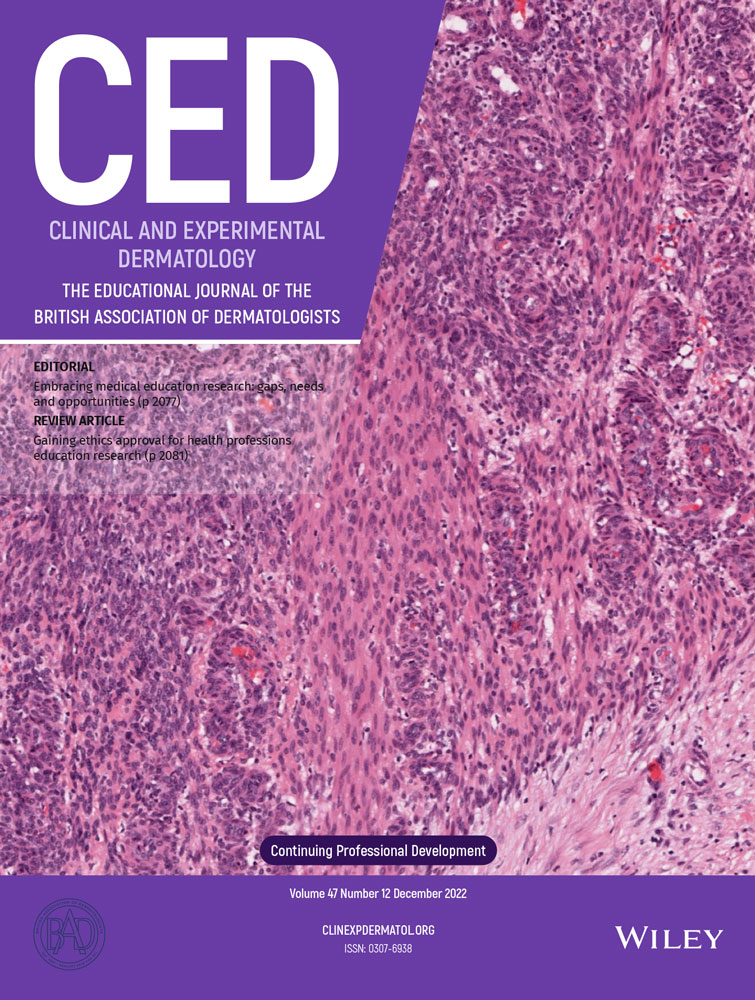Muco-cutaneous retinoid-effects and facial erythema related to the novel triazole antifungal agent voriconazole
Abstract
Voriconazole is a new azole antifungal drug with activity against a wide range of systemic fungal pathogens, including Aspergillus spp. Five patients with chronic invasive aspergillosis were treated for 12–58 weeks with voriconazole, 200 mg twice daily and developed facial erythema and cheilitis. One who received 58 weeks of therapy also developed discoid lupus erythematosus-like lesions on both sides of her neck. Both erythema and cheilitis resolved after discontinuation of voriconazole. Serum retinoids were elevated in the three patients in whom they were measured. Voriconazole has the potential for retinoid-like side-effects and facial erythema.




